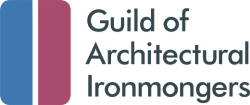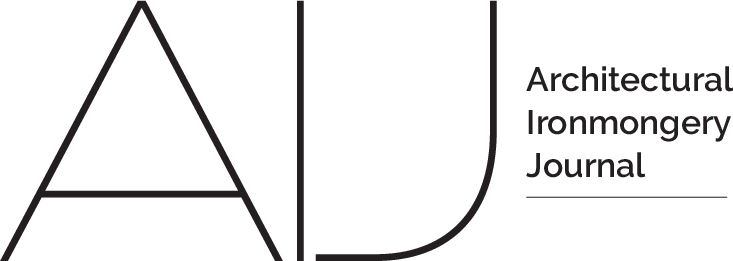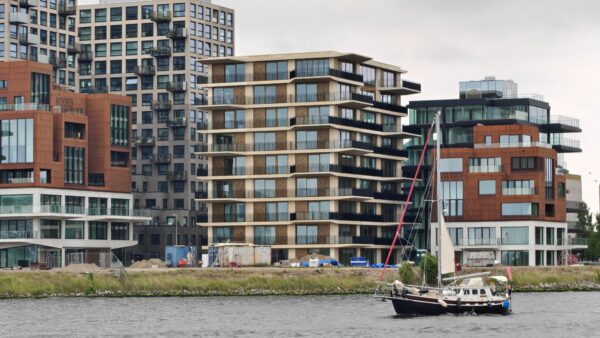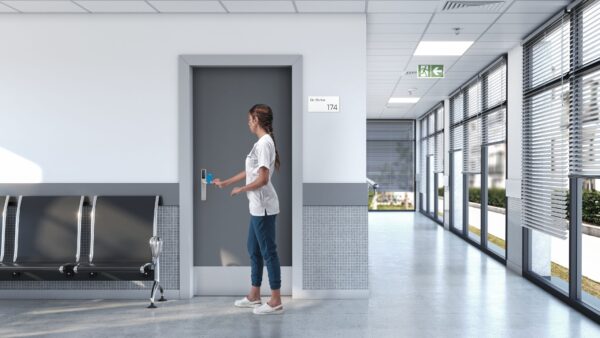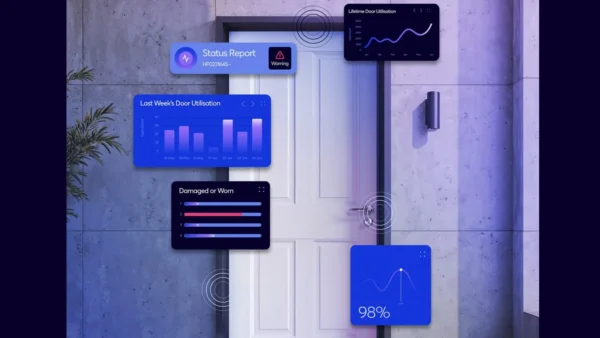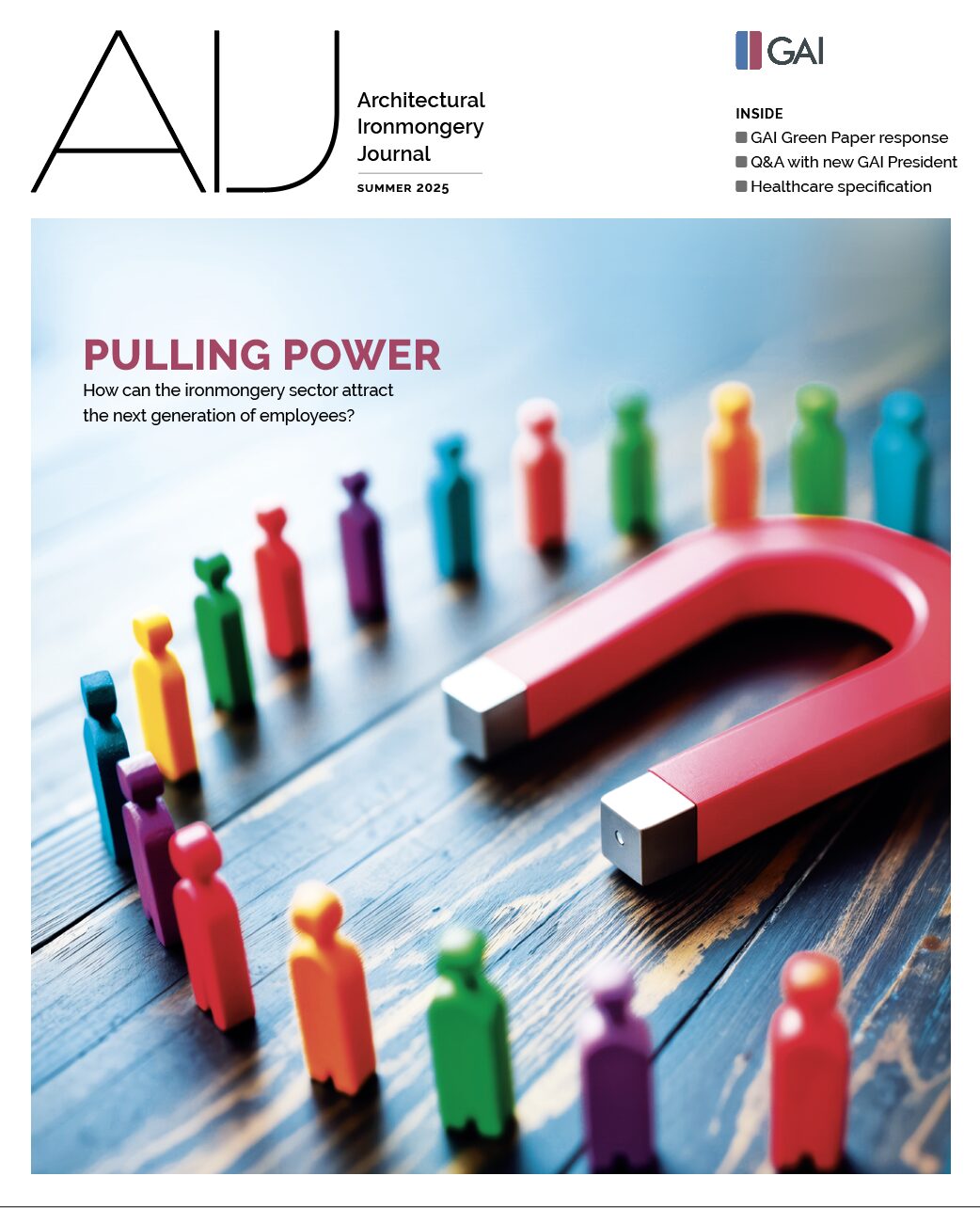
The Construction Leadership Council (CLC) has published guidance on the golden thread of information requirements for higher-risk buildings (HRBs). This guidance is designed to support dutyholders and accountable persons in delivering a golden thread for their building.
The guidance sets out the golden thread information that dutyholders and accountable persons will need to create, obtain, update, maintain and share during design, through construction, handover and completion of the building and into occupation.
The guidance was developed by an industry working group with experience from across the sector in the design, construction and management of HRBs.
It is relevant for:
- clients;
- principal designers;
- principal contractors;
- designers;
- contractors;
- principal accountable persons; and
- accountable persons.
It will also be useful for people responsible for HRBs that were either under construction before 1 October 2023, or covered by the transitional arrangements in Building Control.
The guidance offers several reminders about the golden thread. For example, it explicitly states: “The golden thread is both: the information about a building that allows someone to understand a building and keep it safe; and the information management systems and processes to ensure the information is accurate, easily understandable, can be accessed by those who need it, and is up to date.”
The document also emphasises: “Greater competence is required by all who collect and manage this information, and processes need to be put in place for good information management. It should prompt more collaborative and digital working, reduce duplication, and promote accountability.”
What the golden thread is not
The guidance reiterates that the golden thread is not a particular format nor a product or software solution. Golden thread information should be managed and stored effectively, and it should be: accessible, accountable, accurate, electronic, secure, transferable, understandable, and up to date.
Furthermore, the document warns: “Meeting the golden thread requirements will require some dutyholders and accountable persons to change the way they approach management of information about buildings, ensuring that the information is recognised as being a valuable asset in itself.”
In the introduction to the full document, Dame Judith Hackitt states: “[This guidance] seeks to set out the clear purpose of the golden thread, which is first and foremost intended to rebuild and then retain trust in the safety of our higher-risk building stock. I would encourage everyone involved to remember that purpose.
“It is not intended to be a list of things to do for no real purpose, nor is it intended to be a repository for every detail of a building. It is intended to provide a means to demonstrate to the hundreds of thousands of people who live in higher-risk buildings that their home is safe and is being kept safe by those responsible for their safety.”
The CLC recognises that its guidance may need to be revised and that case studies may be helpful. Interested parties can send their feedback on the guidance to [email protected].
Guidance welcomed
The guidance has been welcomed by nima (formerly the UK BIM Alliance). In a statement, nima said: "The CLC working group that drafted this guidance included several people actively engaged in nima, including Dan Rossiter [from the BSI] and Varun Soni [from Calfordseaden]. Their work is complemented by ongoing CLC activity to refresh the information management mandate – to broaden its reach and its relevance across the whole life of the built and managed environment, and to make it accessible to and achievable by a much wider audience.
"The CLC’s golden thread guidance underlines the importance of effective management and storage of golden thread information. It calls for information that is accessible, accountable, accurate, electronic, secure, transferable, understandable and up to date. This is strongly aligned with nima’s view that current and future use and exploitation of information about assets in the built and managed environment needs to be underpinned by high quality data and information."
